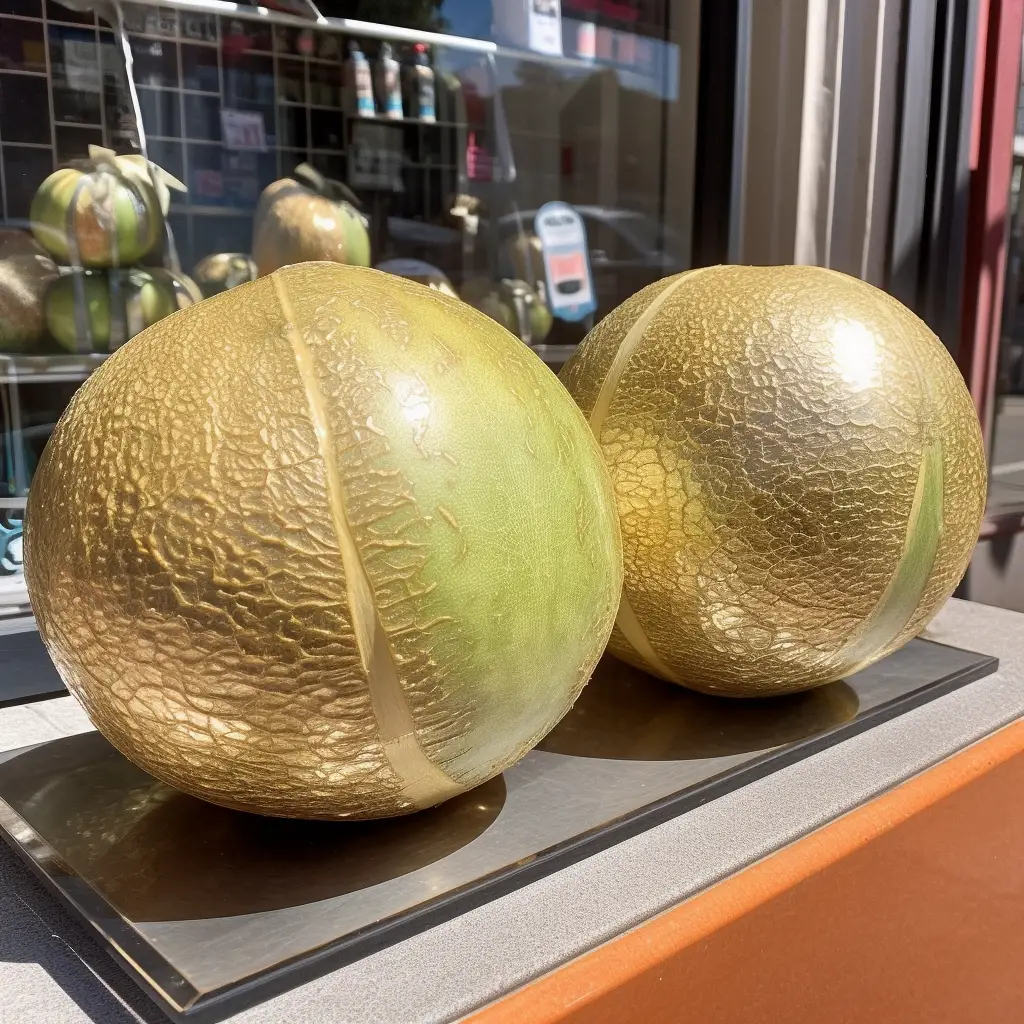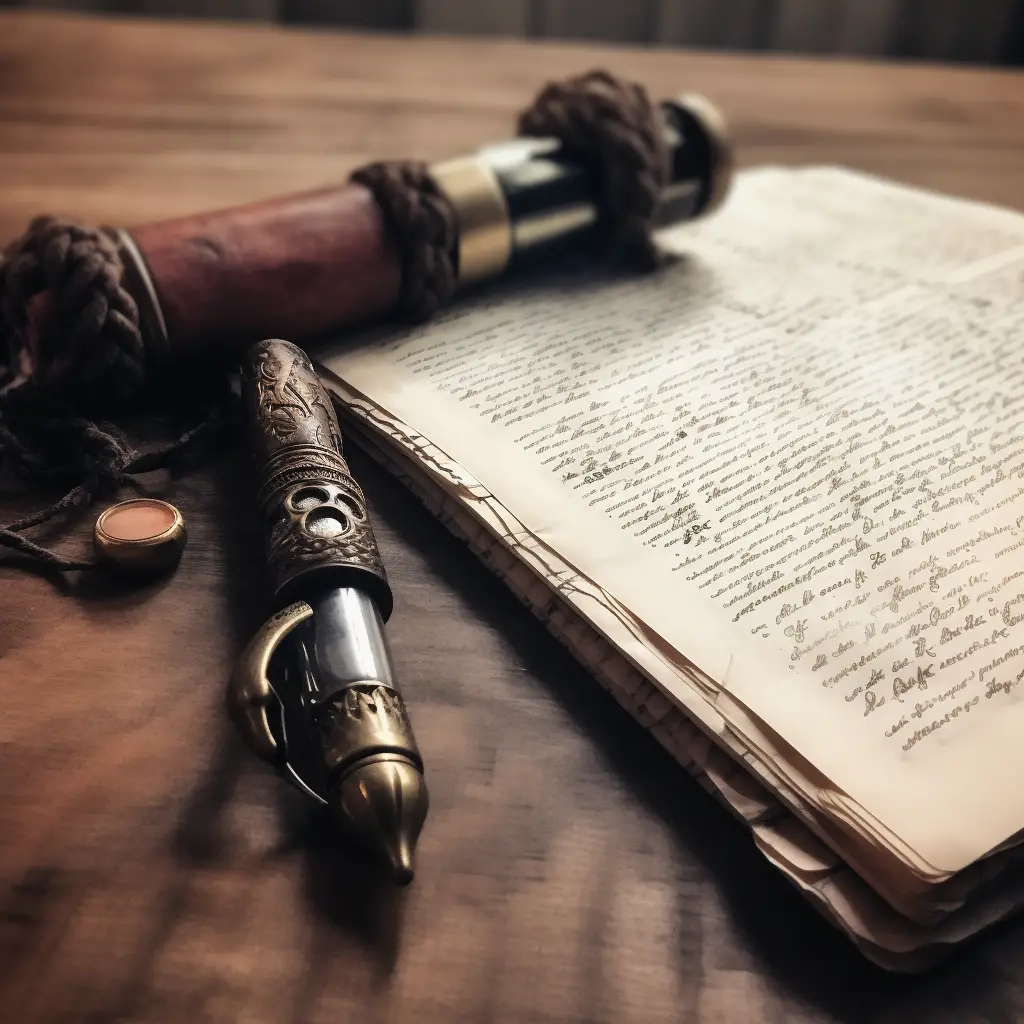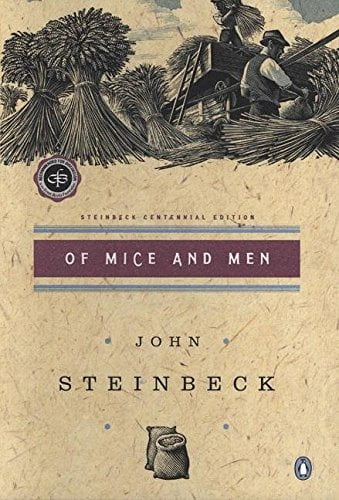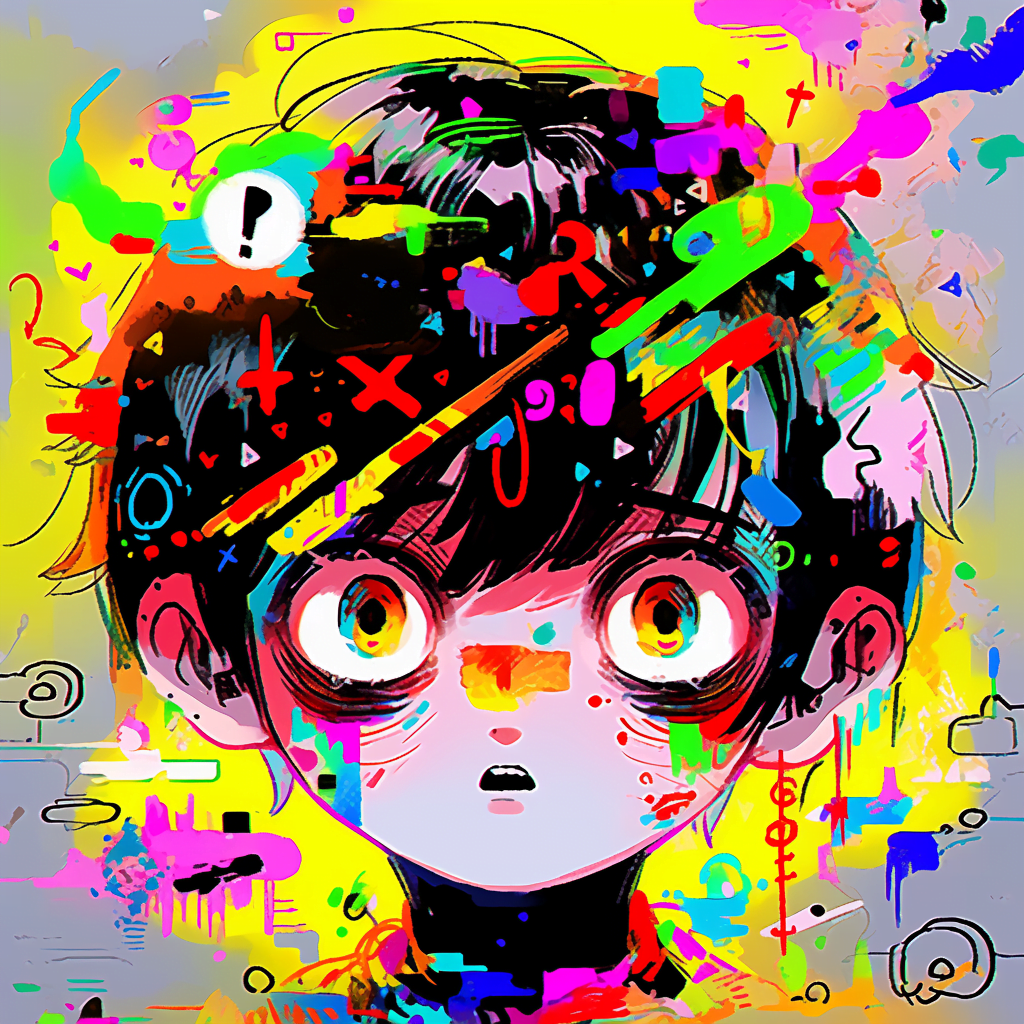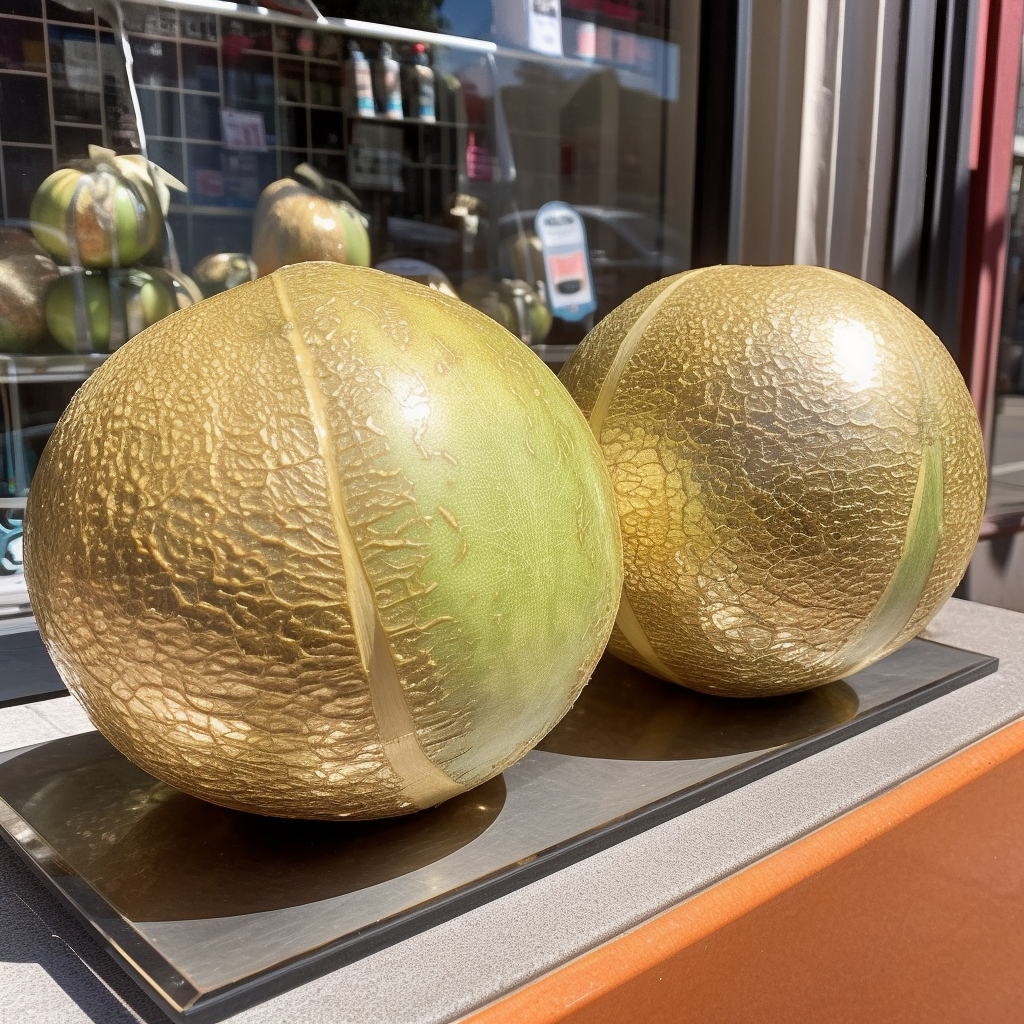
A double entendre is a figure of speech or phrase that is used as a pun or has two meanings, usually one of which is humorous or risqué. Double entendres often contain a play on words and can be a great way to add a bit of fun to your writing. If you’ve ever seen the movie series Naked Gun, you’ll know what I mean here. If you still aren’t sure, think of a person telling a mailman they have a big package, then wink.
Definition and Origin of Double Entendres
Double entendres can be traced back to ancient literature, but they really took off during the Renaissance period. They are still prevalent in contemporary literature, movies, and television shows. But what exactly is a double entendre? Well, let’s break it down.
A double entendre is a clever play on words, where a word or phrase has two distinct meanings. The first meaning is usually innocent and straightforward, while the second meaning is often more humorous, provocative, or risqué. It’s like a secret joke hidden in plain sight, just waiting to be discovered.
The Art of Crafting a Double Entendre
Creating a double entendre requires a keen sense of wordplay and a healthy dose of humor. Here are some tips to help create double entendres that will leave readers chuckling, or at least smirking:
1. Look for Homonyms and Homophones
Homonyms are words that are spelled the same but have different meanings, while homophones are words that sound the same but have different spellings and meanings. These types of words are the perfect ingredients for a double entendre, as they can be used to create amusing or suggestive meanings.
2. Play with Idioms and Common Phrases
Idioms and common phrases can also provide the basis for a double entendre. By altering or combining these phrases, it’s possible to create a new meaning that plays off the original one.
3. Keep it Subtle
A great double entendre doesn’t hit the reader over the head with its risqué meaning. Instead, it should be subtle enough that the reader might miss it entirely if they’re not paying close attention. The best double entendres are the ones that sneak up on the reader and make them think, “Wait, did they really just say that?”
Double Entendre in Literature, Movies, and Television
Double entendres have long been used to inject humor and wit into literature, movies, and television shows. Some famous examples include:
- Shakespeare’s plays are filled with double entendres, such as in “Much Ado About Nothing” when Benedick says, “I will live in thy heart, die in thy lap, and be buried in thy eyes.”
- In the classic movie “Gone with the Wind,” Rhett Butler tells Scarlett O’Hara, “You should be kissed and often, and by someone who knows how,” implying both a simple compliment and a more provocative suggestion.
- Television shows like “The Simpsons” and “Friends” have used double entendres for comedic effect, such as when Chandler from “Friends” says, “Could this report BE any later?” playing on the phrase “could it be any later?” and implying that the report is both tardy and uninteresting.
Examples of Double Entendres
To get a better understanding of double entendres, here are some examples to tickle the funny bone:
- Why did the tomato turn red? Because it saw the salad dressing!
- I used to play piano by ear, but now I use my hands.
- The frustrated gardener couldn’t find the hoe, and that’s when things got a little dirty.
- She had a photographic memory but never developed it.
- Time flies like an arrow, fruit flies like a banana.
Double Entendres Add Wit and Humor
A well-crafted double entendre can bring a smile to a reader’s face and liven up any piece of writing. With a keen sense of wordplay and an appreciation for humor, anyone can create their own double entendres that will leave readers amused and entertained. So, the next time the opportunity presents itself, try slipping in a cheeky double entendre and watch as the words work their magic, adding a touch of wit and humor to the writing.
Remember, the key to a successful double entendre is to find the perfect balance between the two meanings. It should be subtle enough to fly under the radar, yet clever enough that those who catch it can appreciate the wordplay.
So, go ahead and give it a try! Who knows? You might just find that crafting double entendres is a talent worth cultivating. After all, it’s always good to have a few tricks up your sleeve when it comes to adding a little extra spark to your writing. Happy wordplay!
If you’re thirsty for more writing knowledge, head over here to learn all 74 literary devices.


